Advertisement
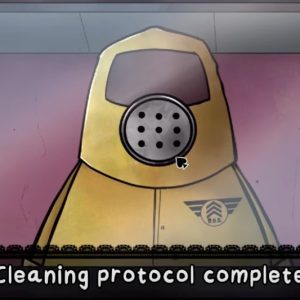
That’s Not My Neighbor
In the game That's Not My Neighbor you find yourself in the year 1955, an era where appearances are deceptive, and the quiet suburb you've moved into is anything but peaceful. Here, the concept of neighborly trust is put to the ultimate test, as you're appointed the crucial role of gatekeeper, tasked with discerning the genuine townsfolk from the sinister imposters who threaten the very fabric of this community.
Advertisement
The tranquil streets of your new neighborhood are buzzing with undercurrents of intrigue, as imposters with unknown motives infiltrate the ranks of ordinary residents. In That’s Not My Neighbor, your mission transcends the routine duties of a gatekeeper; you’re the linchpin in a struggle against an invisible enemy, with each decision casting long shadows over the safety and cohesion of the town. The game compels you to question every interaction, to look beyond the surface, as you seek to unravel the motives driving these mysterious figures to disrupt the harmony of an otherwise idyllic setting.
A Delicate Dance of Judgment and Perception
In the role of the community’s guardian, you’re thrust into a precarious balancing act, where the stakes extend far beyond mere job responsibilities. That’s Not My Neighbor challenges you to scrutinize the slightest details, to weigh every word and gesture, as you separate friend from foe. This isn’t just a game of identifying the imposters; it’s about understanding the human condition, about recognizing the fear and hope that drive us all. Your choices determine the fate of the community, blending the thrill of detection with the profound impact of your judgments on the lives around you.
Forging Connections Amidst Uncertainty
Within the suspense-filled environment of That’s Not My Neighbor, the game explores the resilience of human connections. As the narrative unfolds, you’ll find that alliances formed in the shadow of threat carry a unique strength. These bonds, built on trust and shared adversity, offer a glimmer of hope in a world brimming with doubt. Navigating this web of relationships adds a rich layer of complexity to the game, challenging you to not only identify the imposters but to also foster unity and solidarity among the true residents.
Facing the Unknown with Resolve
As the story of That’s Not My Neighbor progresses, your role as the gatekeeper becomes a testament to courage and determination. With each passing day, as the line between friend and imposter blurs, your resolve is tested. The game culminates in a confrontation with the unknown, where the choices you’ve made and the alliances you’ve forged converge in a decisive moment. This final stand against the creeping menace is not just a battle for survival but a fight to preserve the essence of community and trust.
That’s Not My Neighbor emerges as an engaging narrative that weaves together elements of mystery, strategy, and human drama. It invites players to step beyond the ordinary, to engage in a story that explores the depths of deception, the importance of vigilance, and the power of community. With its compelling gameplay and intricate storytelling, That’s Not My Neighbor stands as a unique exploration of what it means to be a protector in a world where trust is both a shield and a vulnerability.
The game That’s Not My Neighbor kicks off with a distinct introduction
Players find themselves starting their adventure not with the usual fanfare, but rather with an educational video. This video serves as a primer to your new role in this unique neighborhood. It’s your first day on the job, and your main task is to keep a watchful eye on your neighbors. The objective is clear: to differentiate between the regular folks who belong and the clones – sinister doubles with a knack for impersonation.
Identifying Friend from Foe
As you delve deeper into the game, the challenge intensifies. You’re tasked with distinguishing between genuine neighbors and those who are, in fact, clones. Some of these entities possess the ability to transform, adopting the appearances of various characters. While some clones make poor copies, easily spotted by their glaring discrepancies, others replicate their models with alarming accuracy. These high-fidelity duplicates require you to pay close attention to the minutest of details, as overlooking even the smallest inconsistency could lead to disastrous consequences for the neighborhood.
How to Play: A Guide to Vigilance
Observation is Key: Start by watching the instructional video carefully. It not only introduces you to your role but also lays out the fundamentals of how to perform your duties effectively.
Filling Out Reports: You’ll see a workspace reminiscent of a desk setup in the video. To complete a report, pick up a form from the stack directly in front of you.
Matching and Marking: Your task involves comparing the neighbors who approach you against the ones you’re tasked to monitor. Check if their characteristics match and mark the form accordingly. Ensuring accuracy in your reports is crucial, as your job plays a pivotal role in the community’s safety.
The Mysterious Disappearance of Henry
The introduction concludes with a brief mention of Henry, a character who previously held your position but has since vanished under mysterious circumstances. This serves as both a warning and a challenge. Henry’s disappearance hints at the dangers lurking within your responsibilities. You are encouraged to learn from his fate – to be vigilant, thorough, and, above all, better at discerning the true nature of those who dwell within this seemingly serene neighborhood.
Frequently Asked Questions about That’s Not My Neighbor
Q: What exactly should players check when interacting with neighbors?
A: Players should scrutinize several aspects, including discrepancies in stories, behaviors, and appearances. Attention to detail is crucial as some imposters may replicate their models almost perfectly, while others might display noticeable flaws.
Q: Why is it necessary to check the neighbors?
A: The core gameplay revolves around identifying clones disguised as your neighbors. These entities pose a threat to the community’s safety, and it’s the player’s job to uncover them before they can cause harm.
Q: How does the game signal that a neighbor might be a clone?
A: Clues can vary widely, from subtle visual cues to inconsistencies in their dialogue. Players must remain alert and use their judgment to discern these signals, as the game challenges their observation and deduction skills.
Q: Can players interact with the environment or only with the characters?
A: While the primary interaction is with the characters, players can also engage with certain environmental elements. These interactions can provide additional context or clues about the neighbors and their authenticity.
Q: What happens if a player incorrectly identifies a neighbor as a clone?
A: Incorrectly identifying a genuine neighbor as a clone can have consequences, affecting the player’s relationship with the community and potentially complicating future investigations.
Q: Is there a multiplayer or competitive aspect to the game?
A: That’s Not My Neighbor is primarily a single-player experience, focusing on storytelling and individual discovery rather than competitive play.
Q: How does the game keep track of progress?
A: Progress is tracked through the successful identification of clones and the unfolding of the narrative. Players may also encounter checkpoints or save points where their decisions and discoveries are recorded.
Q: Are there multiple endings to That’s Not My Neighbor?
A: Yes, the game features multiple endings, influenced by the player’s decisions, accuracy in identifying clones, and interactions with the neighborhood. This replayability factor encourages players to explore different strategies and outcomes.
Q: What inspired the creation of That’s Not My Neighbor?
A: While specific inspirations may vary, the game draws on themes of paranoia, trust, and the uncanny valley, reminiscent of classic suspense and mystery narratives. It taps into the universal fear of the unknown and the familiar turned strange.
By addressing these questions, players can gain a deeper understanding of That’s Not My Neighbor and its unique gameplay mechanics, enhancing their overall experience and immersion in the game.
All free games for you



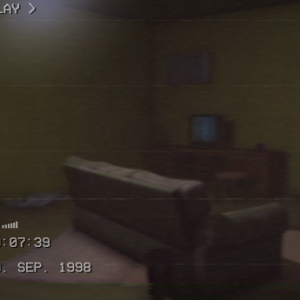
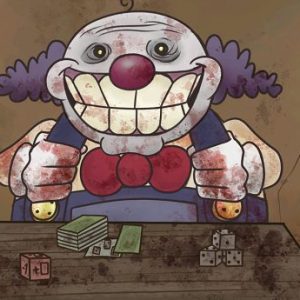

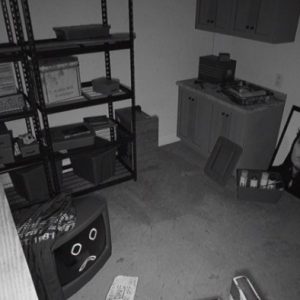
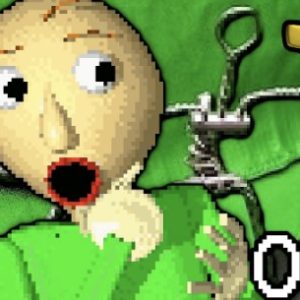
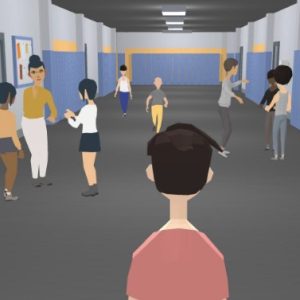
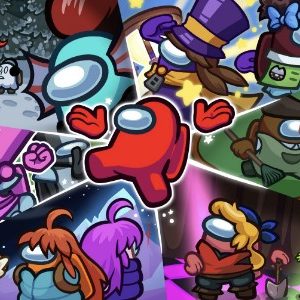
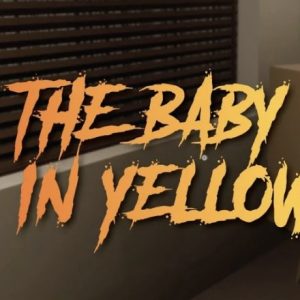
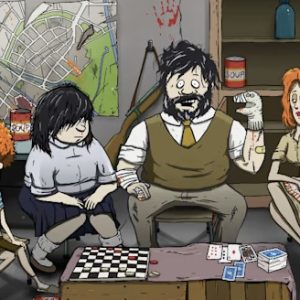


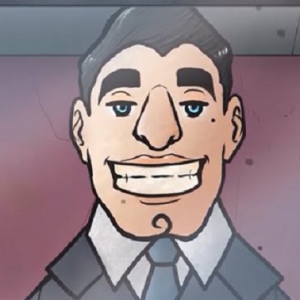
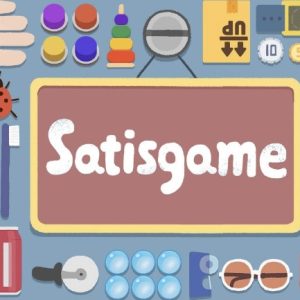
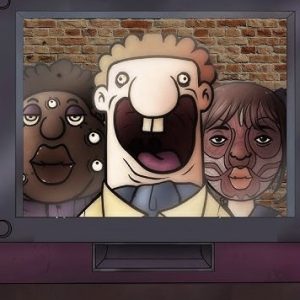

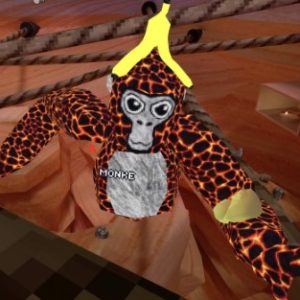
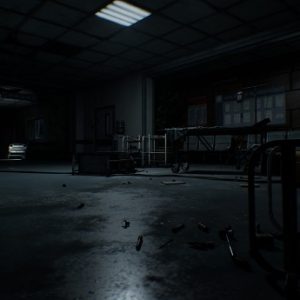
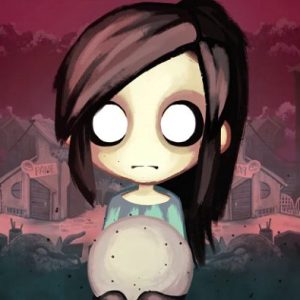
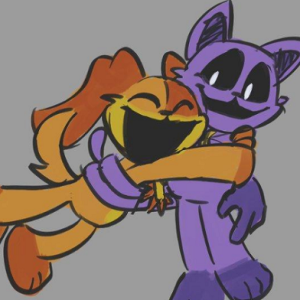


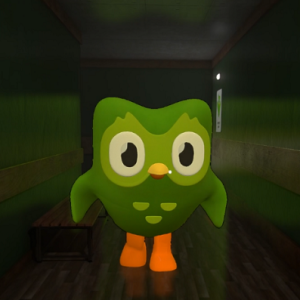
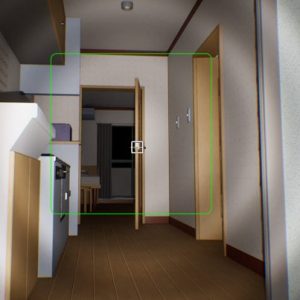
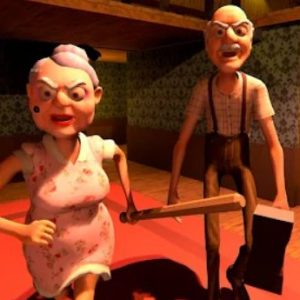
bruh
I can’t see it’s all black
It’s not letting me click the Buttons Either
It won’t load!
Dirkhvkhfjhfuuc
Hi
Hi
its not letting me click the buttons
Bruh
J’ai que le ⭐